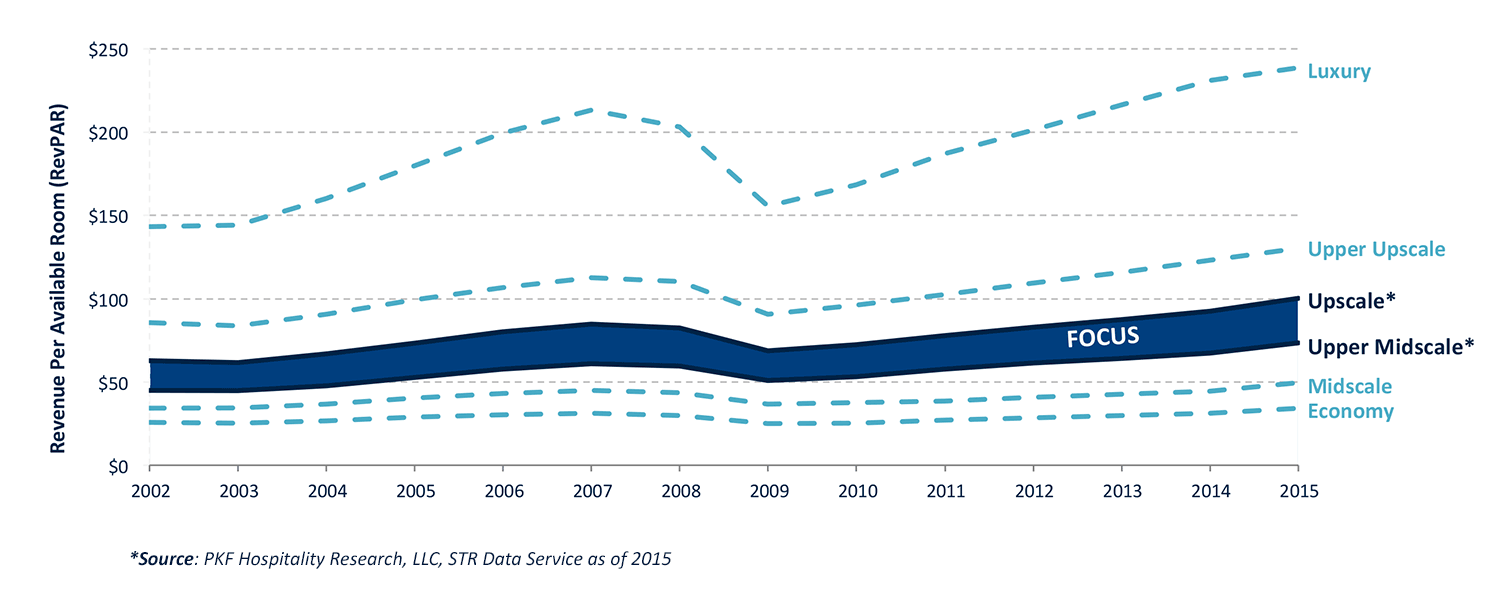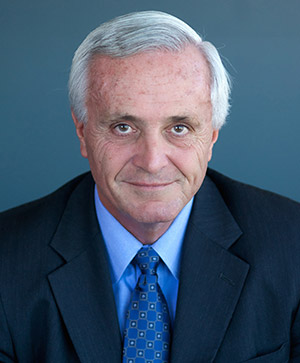Real Estate Investing in the Hospitality Sector (Hotels and Assisted Living Facilities)
By Mark Hamister
Real estate investing is often talked about as an opportunity to invest in a sector where there are hard assets to secure the investment. Many even suggest that the real estate sector is the safest sector for investment in the United States today. This is intended to discuss specific sectors of the real estate sector, namely the hospitality sub-sector. Specifically I am referring to hotels and senior housing (including assisted living and independent housing for seniors).
First permit me to identify these sub-sets of the Hospitality sector, as we see it from our lens and 40 year background. Most investors have some limited understanding and acceptance of hotels being identified as hospitality real estate. Hotels are both real estate ventures and operating companies. Within the hotel sub-sector there are generally three groups of opportunities, namely luxury, upper mid-scale and mid-scale and then economy. Luxury hotels (e.g. Ritz Carlton, etc.) are generally destination hotels and major city luxury brands. These hotels tend to be the most profitable during up cycles while being the most risky (except for a few of the largest cities and the most popular tourist destinations) as they tend to experience the largest downturns during recessions. While business travelers who prefer luxury brands and work for companies that permit same, they still travel during recessions. To reduce their travel budgets during recessions these travelers move to upper and mid-scale hotels (i.e. Hilton Garden Inn, Courtyard, Hampton Inn, Residence Inn, Hyatt Place, etc.). Economy hotels appeal to the cost conscious. These hotels (i.e. Days Inn, Red Roof, Sleep Inn, etc.) tend to suffer reductions of a material nature during recessions as those with disposable income reduce their traveling during recessions. That leaves the middle of the hotel market (i.e. upper and mid-scale). These hotels tend to have the least impact while maintaining attractive margins during downturns. The following chart reflects these conclusions.

The senior sector, including assisted living and independent housing for seniors, is the least susceptible real estate sector to down turns. This real estate sub-sector is driven by demographics (i.e. baby boomers expanding this groups by double digits over the next 10 to 20 years) and has little relation to the economy. In fact this sector is the only sector that was able to increase room/apartment rates during the recent great recession.
Clearly real estate provides for diversification of a public security strategy. Most well run real estate companies drive a positive yield strategy generally in the 6% to 9% range during the hold period. Many consider real estate to be a hedge against inflation given the dynamics of how rents are managed and the inflationary environment of cap rates and exit prices of high quality properties. Lastly unlike many other forms of real estate, these two sub-sectors (i.e. hotels and senior projects) bring with them the ability of an accomplished management team to influence performance. Likewise, poor preforming or inexperienced management teams can experience significant losses and failures given the management intensive nature of these two sectors.
The most important among the rules for any form of real estate and especially true for hotels and senior projects is --- location, location, location. High end communities with multiple drivers and attractive demographics are key to a successful real estate ventures for hotels and senior projects.
I suggest that management experience and long term track records of performance is critical. The real test of a real estate manager is how they respond to under preforming properties and/or economic downturns. Those companies that understand in each of these two sub-sectors of the hospitality segment (i.e. hotels and senior projects) require the best of the best to be customer centric with a commitment to an exceptional (net) customer experience.
When thinking about exceptionalism in the hotel group one must be committed to listening to and asking the right questions of their customers. Hotel customers expect a safe, clean roomy environment that provides them with an opportunity for a great night’s sleep. These days however, this is not enough. Many hotel guests appreciate socialization opportunities in the evening, transportation options, world class Wi-Fi connections, and more. Tourism guests including youth sports teams require additional opportunities for socialization that are unique to their travel demands. Great hoteliers understand these differing demands and find solutions to address them all to maximize customer satisfaction (if not exuberance) to drive their loyalty.
The senior sector (i.e. assisted living and independent apartments for seniors) require attention to quality of care requirements of those staying in their properties. However the best of the best understand that this sub-sector is as much about quality of life as it is about quality of care. These are simply words and concepts and extremely difficult concepts to place into motion as part of a culture of service and to be incorporated into the design of buildings.
Typically management fees to deliver such a superior level of attention to customers from operating management companies range from 3 to 5% of revenues for hotels and 5 to 7% of revenues for senior projects.
Fund and equity managers of superior companies with long track records should not exceed a standard 2% asset management fee (of dollars invested) and a 20% promote following a return of capital and a return on capital (preferred return) of 7% to 9%.
When superior management understands its customer base those real estate companies can achieve exceptional results in the all-in return of 18 to 27 per cent on equity invested after fees and promotes. These returns should meet or exceed this range over a period of 10 to 20 years including the most recent great recession.
Superior management understands how to drive a culture that drives customer participation above what would be consider a “fair share” of the market and allow the superior manager to lead the market in rates. Customers will pay for an exceptional customer experience if it meets their needs, wants, desires and demands. Do not understand estimate the importance of experienced management who have learned from mistakes and have successfully and consistently driven exceptional performance over time.
These are very attractive assets with exceptional returns and lower risk profiles than many other investment opportunities, that when coupled with well documented demographic changes make them easier to understand and for the Investor to benefit from on a long term investment basis.
